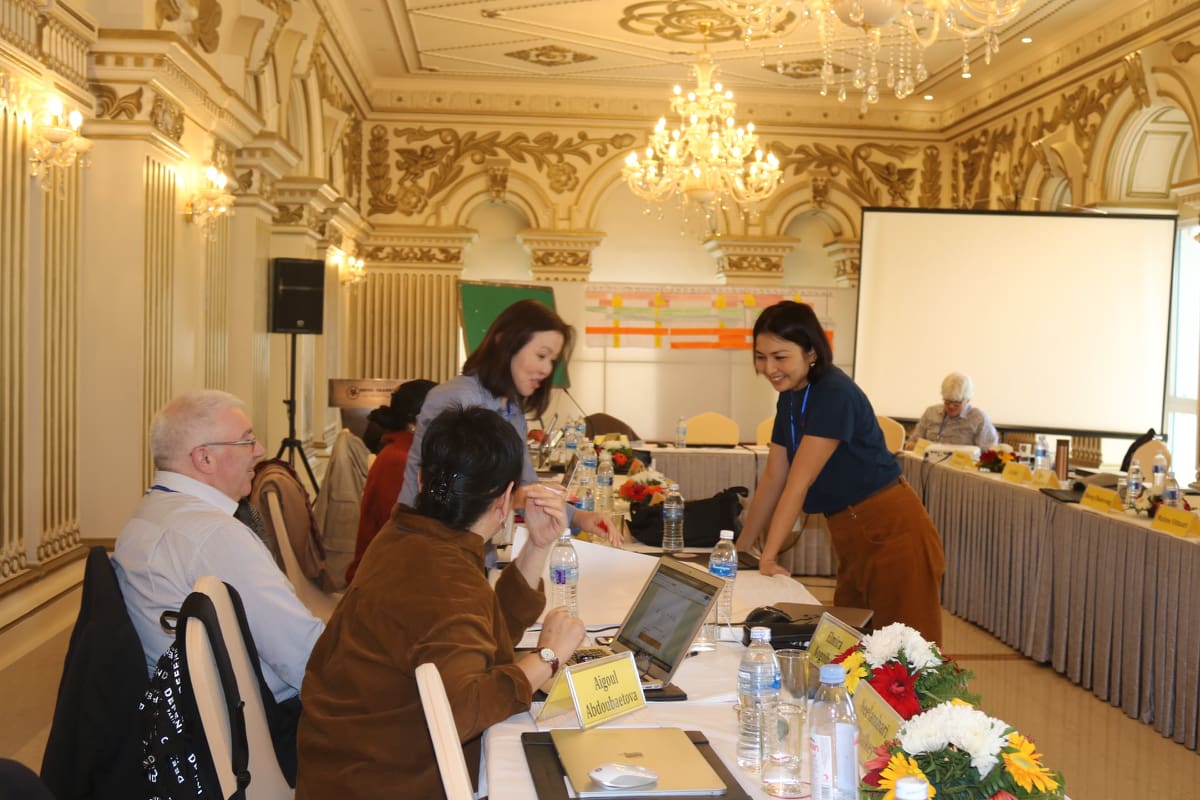Migration Governance and Agricultural & Rural Change
The development of Kyrgyzstan reveals two important trends: declining agricultural production and a steady increase of remittances from labor migration. These trends suggest the transformative effect of migration that negates an overly simplistic investment effect of financial remittances on long standing livelihood activities. Although many studies agree that labour migration contributes to poverty reduction in rural Kyrgyzstan, little attention has been paid so far to the question: What effect does migration have on rural development?
AGRUMIG ‘Leaving Something Behind’ - Migration Governance and Agricultural & Rural Change in ‘Home’ Communities: Comparative Experience from Europe, Asia and Africa project research focuses on investigation of rural change and migration policy in Kyrgyzstan, Ethiopia, China, Moldova, Morocco, Nepal, and Thailand within a consortium of 14 universities and institutions across Europe Asia and Africa supported by EU Horizon 2020 Programme. In Kyrgyzstan, UCA's MSRI is an academic partner of the consortium along with OSCE Academy and Polis Asia Center, which deals with the policy dialogue and lead policy working group discussions involving all interested stakeholders.
MSRI’s research component focuses on 16 villages located in Naryn, Jalal-Abad, and Baken oblast. Our research locations represent diverse agro-ecological contexts and different migration profiles.
During the fall 2020, MSRI conducted quantitative surveys in AGRUMIG locations to investigate COVID-19's impact on target communities. Findings indicate that despite a sharp drop in remittances and a shrinking income source, 26% of the 303 interviewed migrant households helped their community during the pandemic. Migrants provided drugs, medical equipment, and financial support for rural doctors.
Our qualitative data from surveys of primary health unit staff workers indicate that migrants contacted healthcare providers and learned about the needs of the community. Based on constant communication between migrants and local doctors, the primary health units received targeted assistance. These data allow us to view migrants as agents of community resilience in times of crisis.







